At the workstations, children take turns reading and spelling vowel clustered words. Words are taught in clusters—similar vowel sounds. Workstations provide vowel clustered reading lists and vowel clustered stories for students to read. The workstation reading lists and stories are graded by difficulty. Beginning children can read from the list as well as providing challenge for more advanced students. By using step-by-step progression, all children can read from the same list. For example, the first five words use the vowel sound being taught at the workstation but are very simple: at, cat, bat, hat…. Then, there are middle-level words: sandy, panda, have, asked….The Read and Spell word lists at the workstation goes on to include more challenging words but words that include the vowel sound being taught: cattle, cracker, astronaut. Each multisyllable word includes the short vowel sound for A.
This step-by-step progression allows all students to work together at their own ability level. The workstation helper never attempts to have beginning readers read the more difficult words. Children read up to their ability and then stop. The workstation instructions clearly say: Read and Spell until you capture 5 words. Each child ONLY reads until they capture 5 words for reading and/or spelling. The key to using the Read and Spell technique is to remember that you never have students try to read harder words than they are ready to read. This is why you stop once a student has captured 5 words. This is true for reading and spelling. I’ll talk more about the concept of capturing vs. missing words in a later blog discussion. For now, see my description on using the concept of capturing words instead of missing words in Chapter 4 of Group-Centered Prevention in Mental Health: Theory, Training, and Practice (Clanton Harpine, 2015). Capture means that the child cannot read or spell the word. The children capture new words that they do not know, and then use the 4-steps to learn the new words. (For how to use this concept, see Chapter 4 in After-School Prevention Programs for At-Risk Students.).
Example from the Reading Orienteering Club:
Read and Spell until you capture 5 words: add, bad, cab, dad, back, act, actor, acting, bash, cattle, bashful, cabinet, damage, afternoon, adversity, basket, caterpillar, dancing. Write any words that you captured on manuscript paper. If you have trouble shaping your letters correctly, practice on the writing guide first. If you have trouble spelling a word, use the 4-steps: (Step 1) always say the letter sounds and spell the word, (Step 2) give a definition, (Step 3) use the word in a sentence, and (Step 4) write the word correctly. (Clanton Harpine, 2016).
Manuscript writing paper and the correct manuscript writing style are emphasized (see my earlier blog posts from 11-8-16 and 10-2-16). Research states that if the brain cannot recognize the letter written, it will not record and remember that letter or word (Shaywitz et al., 2004; Yoncheva et al. 2015). Therefore, with all the teaching techniques, emphasis on the lowercase alphabet is stressed (see my blog post from 10-21-17). Read and Spell interventions combine perfectly with our hands-on learning workstation approach because the read and spell instructions and word lists can be written directly onto the page of directions for each workstation. Vowel clustering, the 4 steps, and Read and Spell are used at six of the eight workstations for the Reading Orienteering Club after school program to create a strong, easy-to-use instructional technique. You can apply these same principles to your group-centered workstations.
The other big question that arises with the Read and Spell concept is: How do I handle individualized rotation when I have children already working on reading and spelling? Simple, you pull the new child in and have them sit down and start spelling with the others who are already working at the workstation. Adding an extra speller is easy; it doesn’t require that you change what you are doing. NEVER have a child sit aside or wait until you finish with another group.
Remember, you only want 3 children at a workstation, but you can easily add a third child into a workstation group of 2 that is already working on Read and Spell. Just say, “Come and join us. We’re spelling words. Sit down and give it a try.” Then, go right back to where you were with your group. If you have more than 3 students arrive at your workstation, encourage the extra students to look around the room and find an empty workstation. The children need to work at every single workstation at each session, and workstations change each day. Never leave a child sitting and waiting for a turn. The group-centered prevention format makes certain that every student is fully engaged in learning from the minute they walk into the room, until they leave to go home.
Click on images below; chapter downloads and complete books are available. Complete books are also available from Amazon and Barnes & Noble.
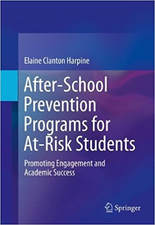
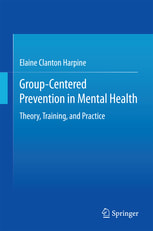
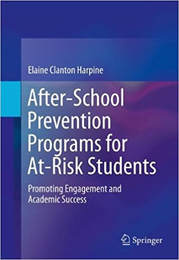
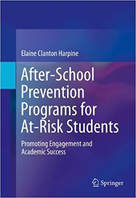
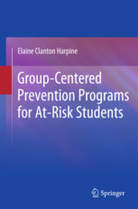
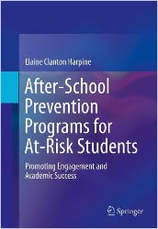
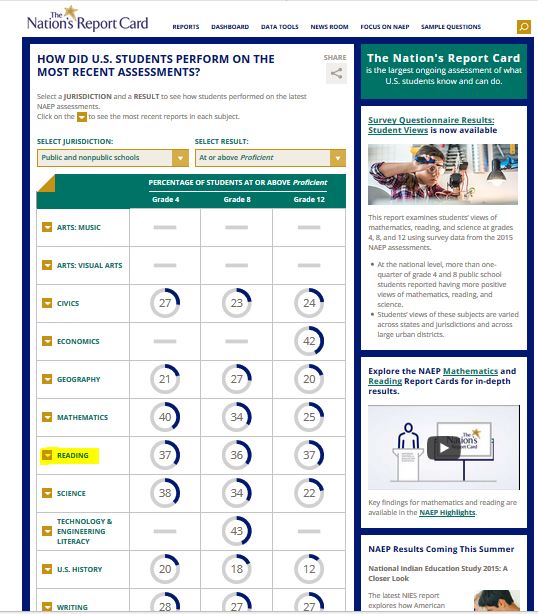
 RSS Feed
RSS Feed
